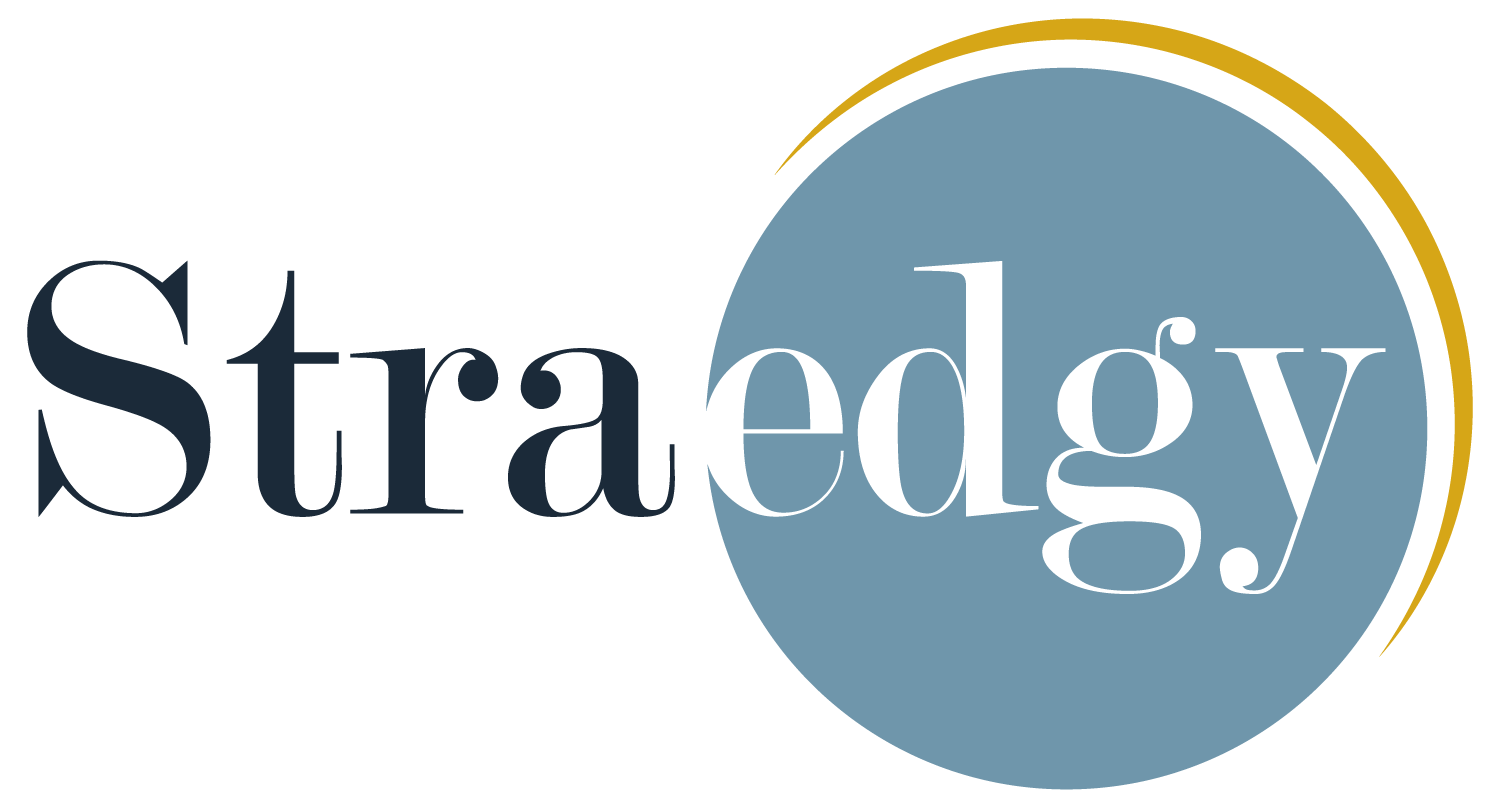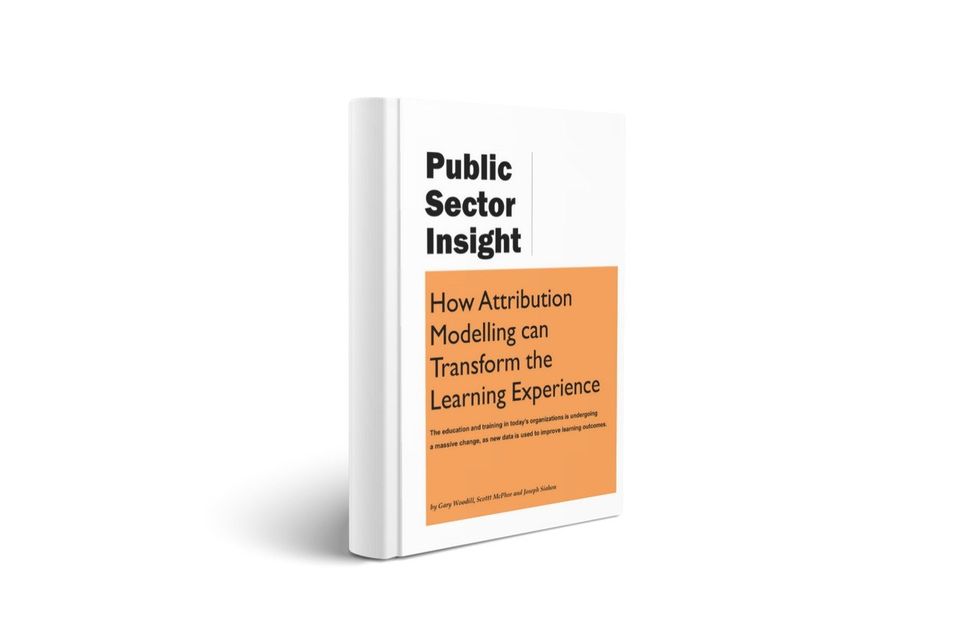Educating Educators
For generations, the approach to educating students had been a series of rinse and repeat, somewhat "textbook" based curriculum development. Major suppliers of content, like London-based Pearson and New York based McGraw-Hill, have to this day dominated the landscape of textbook education products. The general thinking is, this approach to curriculum delivery has worked, however, in reality, successful student grade outcomes and performance is not textbook.
Education is all about the people, in particular, teachers, who are committed to providing the highest quality educational experience for their students. Have they achieved that mission? Where is the data that confirms what curriculum best services the needs of the student? What methods of material/course delivery can be accurately tracked in such a manner that the potential for improvements could be predicted?
Ask an education administrator or curriculum leader what are the most significant attributes that contribute to student grade improvement and chances are they will point to manual records that cross-reference data in a manner that often misses many other contributing factors. In particular, education assets that exist in the file folders of the teachers' own laptop or sourced from a public internet search.
Education leaders are being bombarded with the latest LMS (Learning Management Systems), all of which promise to be the answer to digital-content that is personalized to the student. The problem remains, where is the data that can accurately confirm that the course material was in fact "material", in the outcome of school grades improvement and the answer is, it can't. There are two many variables and inter-dependencies that contribute to the collective outcome of student scoring.
Curriculum administrators curate content that has been deemed to be ideal for the subject matter. Experienced teachers' personal nuance, and use of their own curated content, is sometimes not recognized, nor is their hands-on effort to assist a particular students' difficulty in learning. While the notion of digital learning has now come to the forefront where artificial intelligence, cognitive data insight, and virtual online delivery systems provide better self-education, they lack one fundamental.
Education dissonance. The caveat that separates Peeristics from every other digital education technology offering. Proven and in use at one of Canada's major provincial education systems, Peeristics exclusive capabilities, functionality, and value to tomorrow's curriculum leaders were missing one critical component. Its audience needed to be educated on why Peeristics Attribution Engine was compelling and needed to be considered. What was also lacking was documentation that could educate educators on the merits of Peeristics Attribution-based education platform.
The Straedgy team had identified that such a new product and capability being offered to the education marketplace would itself require a high-quality document that would provide insight to educators on how the Peeristics solution could benefit their organization. Used as the catalyst to frame the entire story of Peeristics, the Straedgy team devised a document that could be used for multiple purposes to serve as a product introduction and overview of what makes Peeristics different from other LMS approaches and how successful it has been for their peers.
The resulting document laid the foundation for the entire business strategy for the Peeristics brand.
Achieving the goal of Educating Educators.
engage
As part of the Straedgy engagement, we initially started by conducting research on who is the ideal customer for Peeristics and what would motivate the buyer to engage.
Our digest determined that a premium quality content asset could increase the trust of Peeristics value proposition.
enable
Generally, third party independent research from recognized authorities enables prospective buyers to "Cross the Chasm of Trust" with a new brand.
As time was of the essence due to an RFP about to be released, Straedgy repurposed parts of the RFP response into a professional report.
empower
Curation of high impact information is essential for an audience of buyers who look for relevant content on subjects that cannot be answered by a generic google search.
Straedgy created a "Public Sector Insight" report as a third party to empower buyers.




